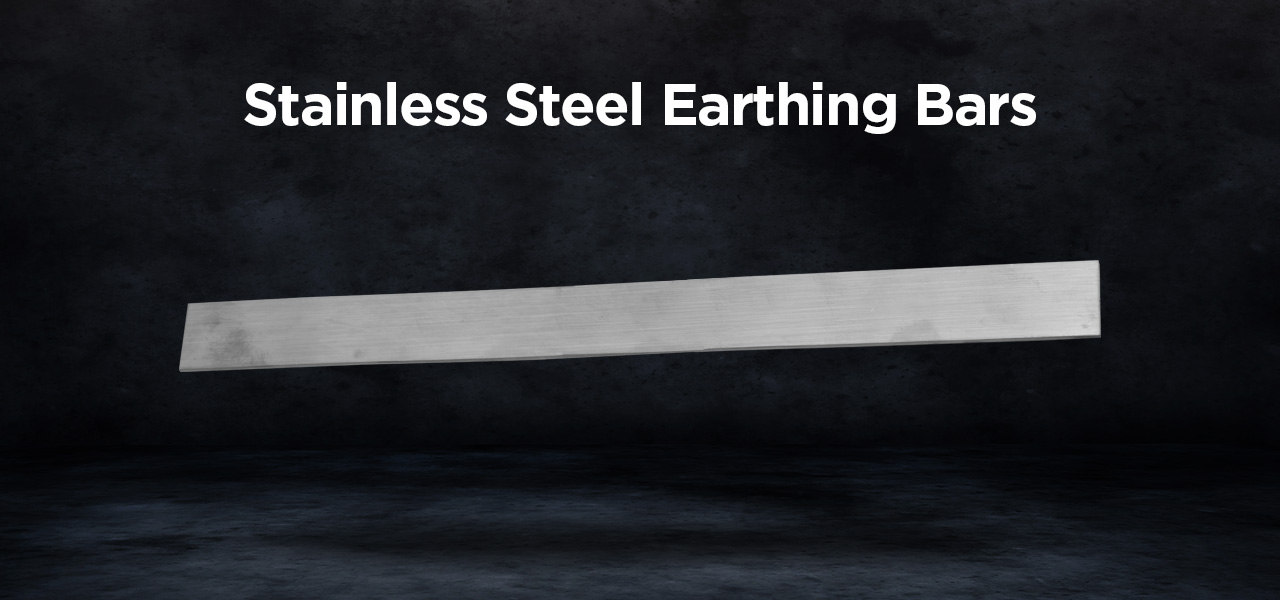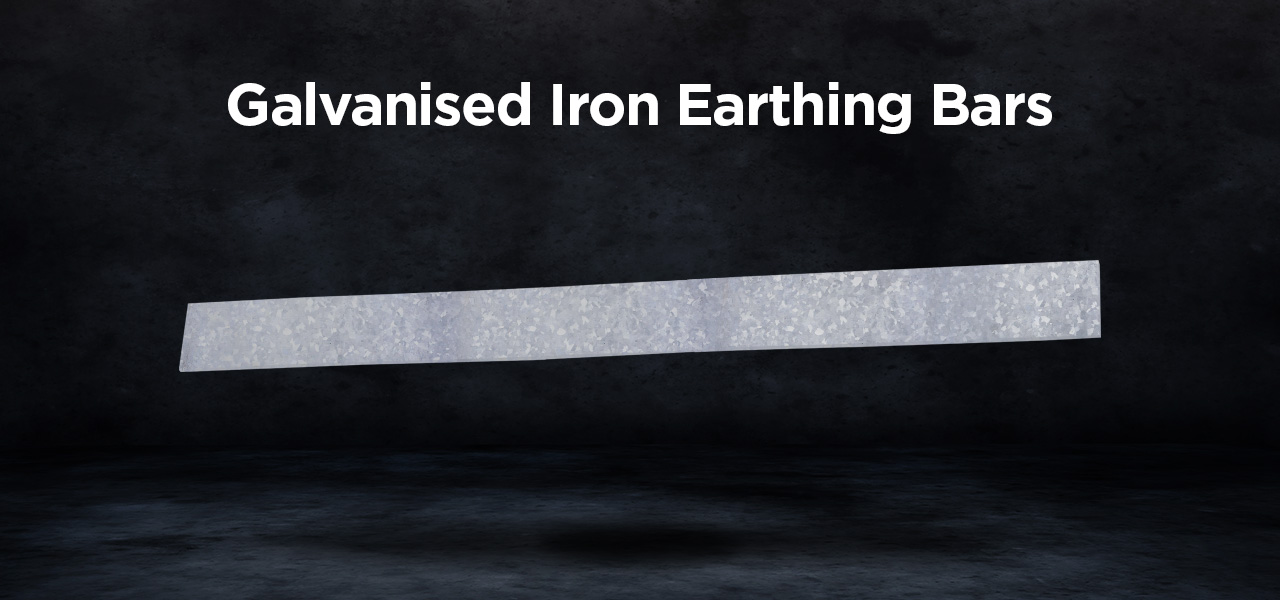Electrical safety is a paramount concern in both residential and commercial settings. Ensuring the integrity and reliability of electrical installations is not just about preventing power outages; it’s about safeguarding lives and property. A key component of this safety is the earthing system, which requires high-quality earthing accessories to function effectively. Quality earthing accessories are vital for dissipating electrical energy safely into the ground, thus preventing hazardous situations. In this blog, we will explore why quality matters, the role of various earthing accessories, and how they enhance electrical safety.
1. Why Quality Earthing Accessories Matter for Electrical Safety
Quality earthing accessories are crucial for ensuring electrical safety for several reasons. First and foremost, they provide a direct path for fault currents to dissipate safely into the earth, significantly reducing the risk of electric shock to individuals. Moreover, quality accessories are designed to withstand environmental and physical stresses, ensuring long-term reliability and performance. They prevent electrical overloads and fires by maintaining the integrity of the earthing system, thus protecting equipment and premises from damage.
2. What Are Earthing Accessories and Their Vital Role
Earthing accessories encompass a range of components that, together, form an effective earthing system. Each accessory has a specific function, contributing to the overall safety and efficiency of the electrical installation.
2.1 Earth Rods and Accessories
Copper Bonded Earth Rods: These rods are coated with copper to enhance conductivity and corrosion resistance, making them ideal for various soil conditions.
Solid Copper Rod: Offers superior conductivity and is particularly suited for areas with high soil resistivity.
Coupling: Used to connect multiple earth rods together to achieve the desired depth.
Driving Spike: Aids in the installation of earth rods by providing a point of impact for driving them into the ground.
Multiple Points: Designed to increase the contact area with the earth, enhancing the dissipation of electrical currents.
2.2 Rod Clamps and Connectors
U Bolt Rod Clamps Type E: Facilitate a secure connection between the earth rod and conductors.
Rod To Cable Lug Clamps B: Provide a reliable connection between the earth rod and the grounding cable.
Rod To Cable Clamps GUV: Designed for connecting ground rods to various types of cables.
Square Tape Clamps: Used for connecting grounding tapes to earth rods or other surfaces.
Re Bar Clamp: Allows for the connection of reinforcing bars (rebar) to the grounding system, enhancing the structural integration of the earthing system.
3. How Quality Earthing Accessories Enhance Electrical Safety
High-quality earthing accessories ensure the earthing system‘s effectiveness in safely dissipating electrical currents. By using earthing accessories that are designed to resist corrosion, withstand environmental challenges, and provide excellent conductivity, the risk of electrical hazards is significantly reduced. Quality earthing accessories ensure that the earthing system remains functional for a longer time, requiring less maintenance and reducing the likelihood of system failure.
4. Who Benefits from Reliable Earthing Solutions
- Everyone benefits from reliable earthing solutions. Homeowners enjoy peace of mind knowing their homes/spaces are protected against electrical hazards.
- Businesses and industrial facilities can prevent costly downtime and equipment damage, ensuring operational efficiency and safety for employees.
- Utility providers benefit from the reduced risk of system failures and outages, contributing to the overall reliability of the power grid.
5. Where to Find High-Quality Earthing Accessories
High-quality earthing accessories can be sourced from reputable manufacturers and suppliers who specialise in electrical safety products. Atlas Metal stands out as a leader in this field, offering a comprehensive range of earthing accessories designed for reliability and performance. With a commitment to quality and innovation, Atlas Metal provides solutions that meet the highest standards of electrical safety, ensuring that customers have access to the best earthing products in the market.
Conclusion
The importance of quality earthing accessories for electrical safety cannot be overstated. They are essential components of any electrical installation, ensuring the safe dissipation of fault currents and protecting against electrical hazards. By choosing high-quality earthing solutions from trusted manufacturers like Atlas Metal, you can ensure the safety and reliability of your electrical systems.




